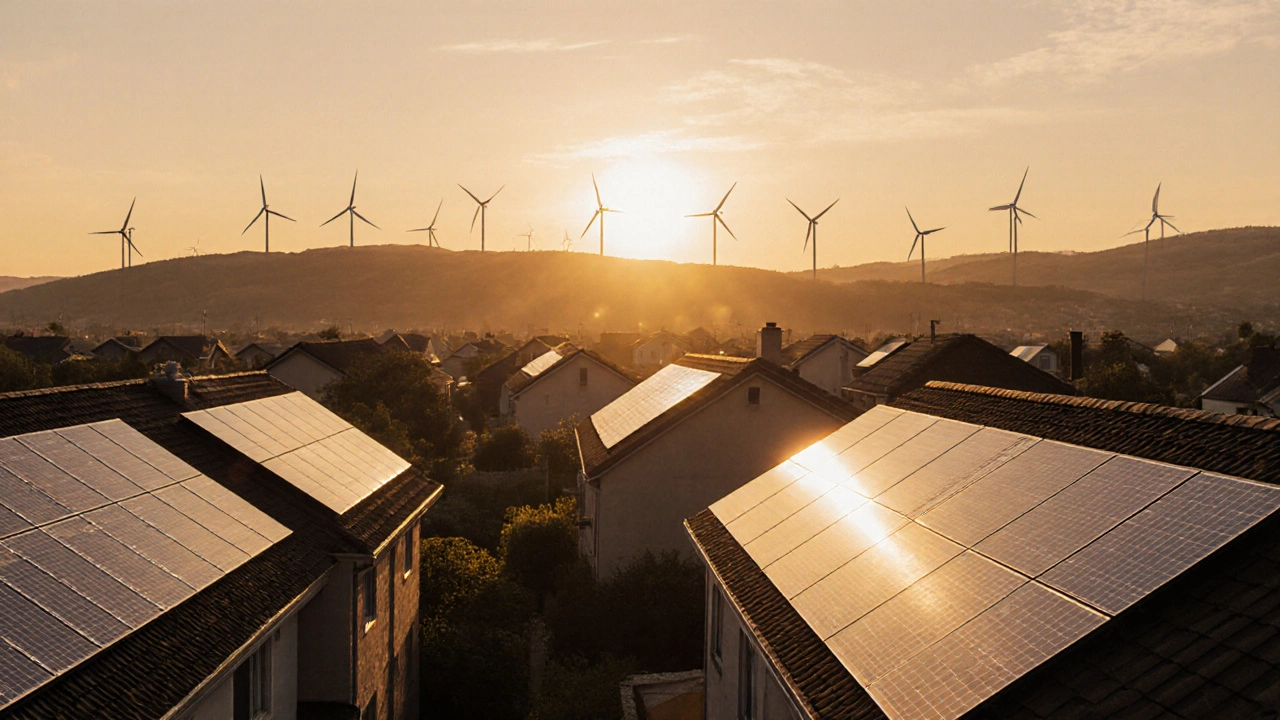Renewable Energy Costs and Challenges in India
When we talk about renewable energy, energy derived from natural sources that don’t run out, like sunlight, wind, and water. Also known as clean energy, it’s no longer a futuristic idea—it’s the cheapest way to power homes, factories, and villages across India today. Solar and wind power now cost less than coal and gas in most parts of the country. That’s not a guess. It’s based on actual price data from 2025, where solar panels dropped below ₹2.50 per unit and wind farms beat fossil fuel plants by a wide margin. But here’s the catch: cheap energy doesn’t mean easy adoption.
Why? Because wind power, a clean, scalable energy source that turns air movement into electricity with minimal land use and zero emissions needs space, storage, and grid upgrades. And solar energy, energy captured from sunlight using photovoltaic panels or mirrors faces challenges in rural areas where maintenance teams are scarce and battery costs still bite. Even though India added more solar capacity than any other source in 2025, many villages still rely on diesel because the last mile of delivery isn’t built yet. Technology transfer fails not because the science is weak—it’s because the system doesn’t plan for real people, real logistics, and real upkeep.
It’s not just about price. It’s about who gets to use it, who fixes it, and who pays when it breaks. The cleanest form of energy isn’t the one with the lowest sticker price—it’s the one that lasts, scales, and fits local needs. That’s why posts in this collection don’t just show you how cheap solar is. They show you why some projects succeed while others collect dust. You’ll find real breakdowns of costs, clear comparisons between wind and solar, and stories from the ground about what actually works when the lights go on.




